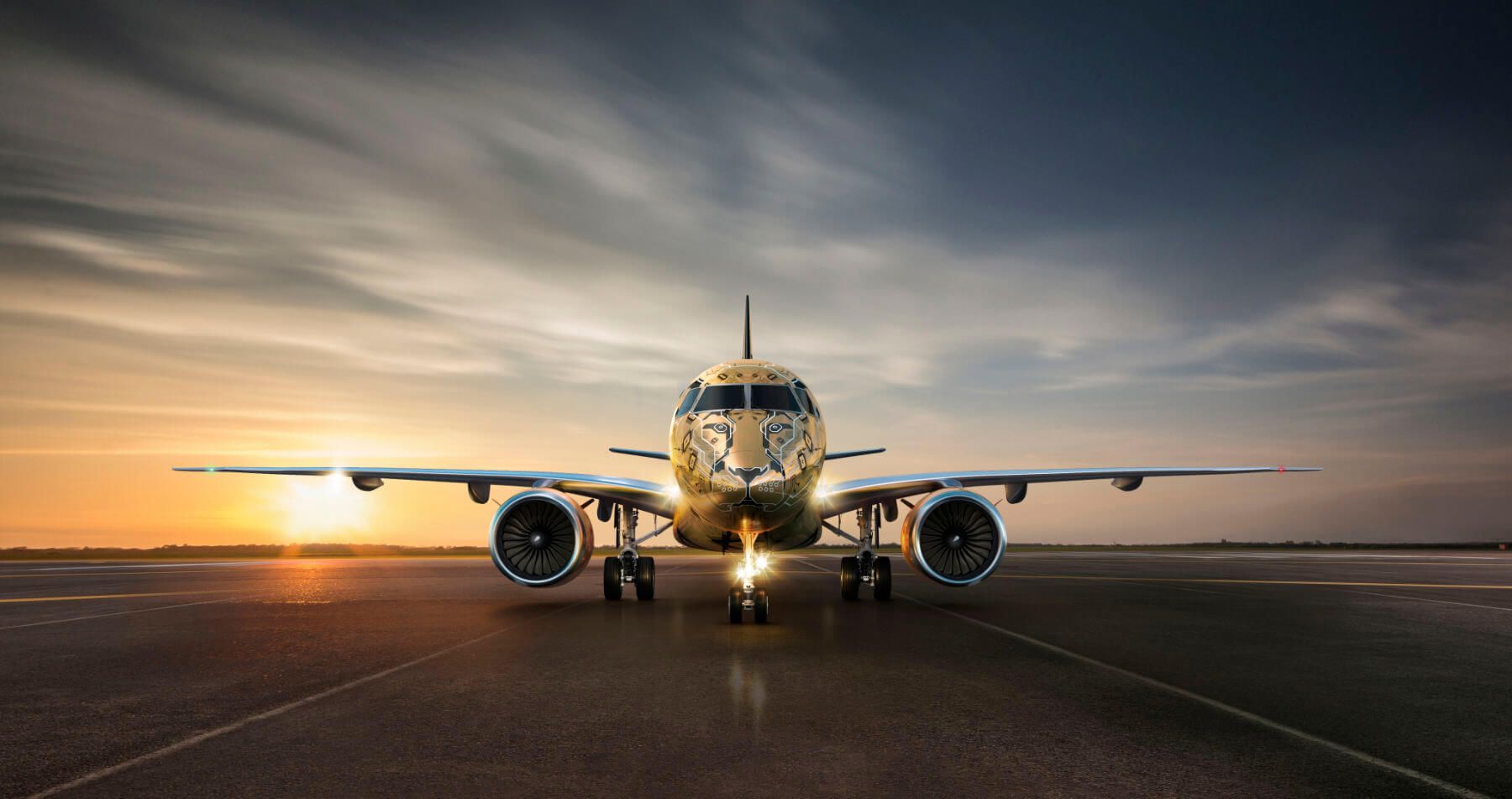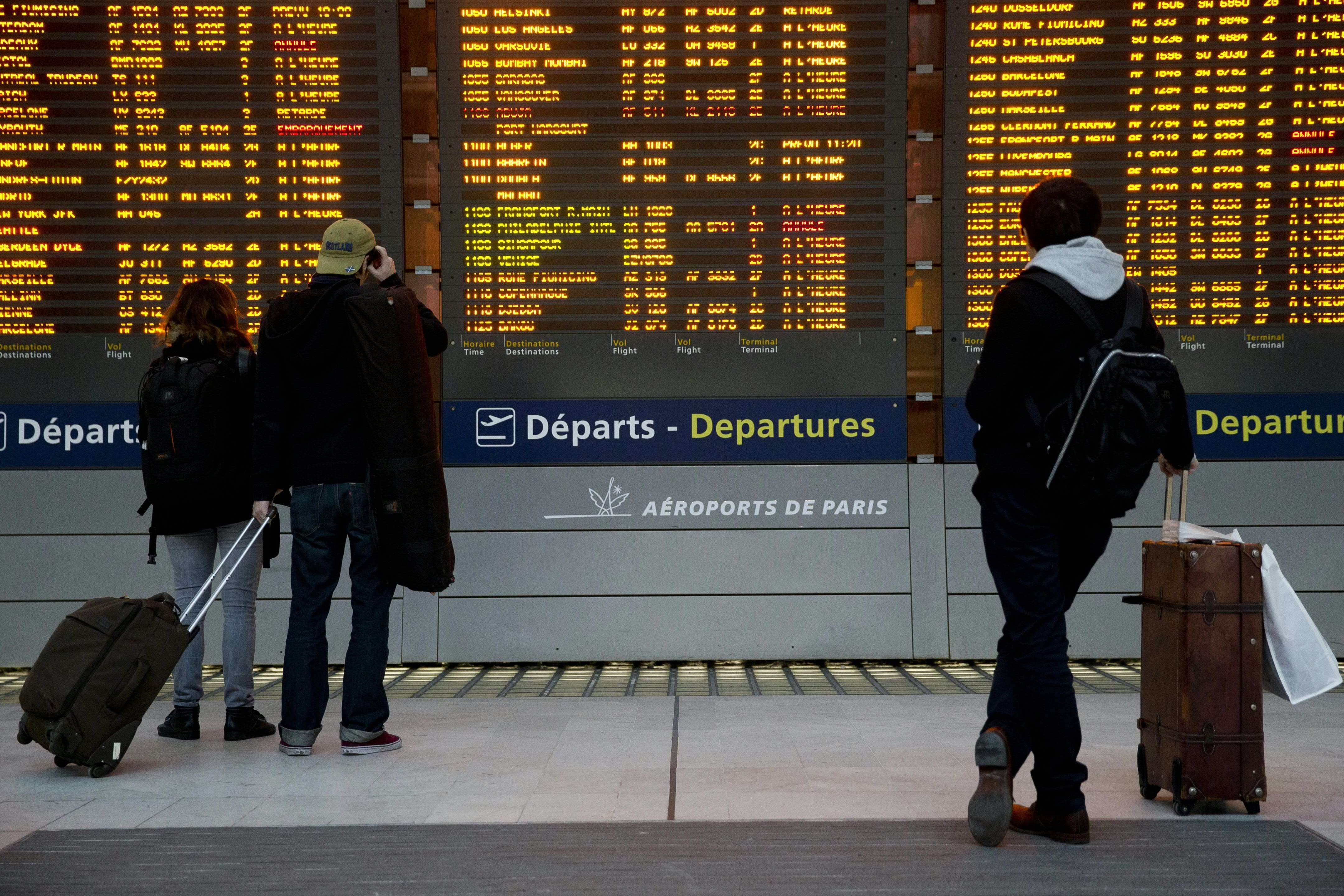As the airline industry recovery continues, nearly 100 million seats a week are on offer worldwide. Airlines are on track to hit the magic nine-digit number in mid-July after a series of incremental week-by-week increases. The last two-plus years have proved a wild ride for the airline industry, but the current numbers are trending towards pre-pandemic levels and exceeding levels seen over the past two years.
Mid-July 100 million weekly seat capacity target
Global aviation group OAG has crunched the numbers and revealed current total weekly seat capacity is sitting at 96.6 million - that's 36% up on the same week last year and only 17% below the comparable 2019 figure. While not saying it's a sure thing, OAG is predicting weekly seat capacity will hit the 100 million mark in mid-July.
"Total airline capacity for the month settled at 396.8 million, representing a 42% increase from the previous year," says OAG's John Grant. "At the beginning of the month, there were plans to operate 419.4 million seats, so airlines adjusted capacity during the month by around 22.6 million seats which sounds a lot; in reality, it's a 5.4% cut against a backdrop of immense resource challenges and includes some COVID restrictions in China."
Seat capacity is still shy of pre-pandemic levels but trending upwards
At the start of 2020, just before the pandemic hit, over 476 million seats a month were available across the global airline industry. By May 2020, total month seat availability hit its low watermark of just under 146 million. Since then, it has been a case of swings and roundabouts - numbers would gradually trend up before another setback.
In January 2022, total available monthly seat capacity was 347,976,391 - still shy of the January 2020 number but far removed from the May 2020 nadir. Since the start of this year, airlines have made more and more seats available every month. In May, the figure was 396,756,867 available seats. That jumps to 418,018,876 available seats this month and is predicted to exceed 478 million in September.
"The short-range capacity forecast for the next few weeks suggests that we could break back through the 100 million seats a week mark by the middle of July, and no one would have expected that level of recovery in such a short period of time; the whole airline industry is doing an incredible job to meet the daily challenges being faced," adds Mr Grant.
Challenges (and opportunities) remain
Those challenges include labor shortages at airports and airlines worldwide. Rising fuel prices are also curbing the recovery plans of many airlines. But there are also some developments giving the airline industry a helping hand. Countries continue to ease travel rules. There is a strong rumor that tourist-dependent Thailand will drop its mandatory Thai Pass for foreigners in July. Meanwhile, the United States removed its latest testing requirements for international travelers. All these small changes make life easier for travelers and airlines.
Elsewhere, China is finally letting beleaguered Shanghai residents out of their homes, and airlines there are adding capacity (up by 8% this month and soon to hit 13 million available seats a week). But markets remain volatile. OAG reports that as China trends upwards, available seat capacity in Brazil (another big domestic market) is down 9% this month compared to May.
Check out more of the latest aviation news to stay up to date with what's happening in the industry.
While OAG is confident the global recovery will continue its upwards trajectory, it also stresses it won't be a smooth ride. But the aviation analysts seem optimistic the recovery is locked in. This year will be the real test of that. If the numbers over the remaining months of this year continue to trend upwards, that optimism will be confirmed, and 2023 could be the first year in a while it will essentially be business as usual for the airline industry.
Source: OAG



